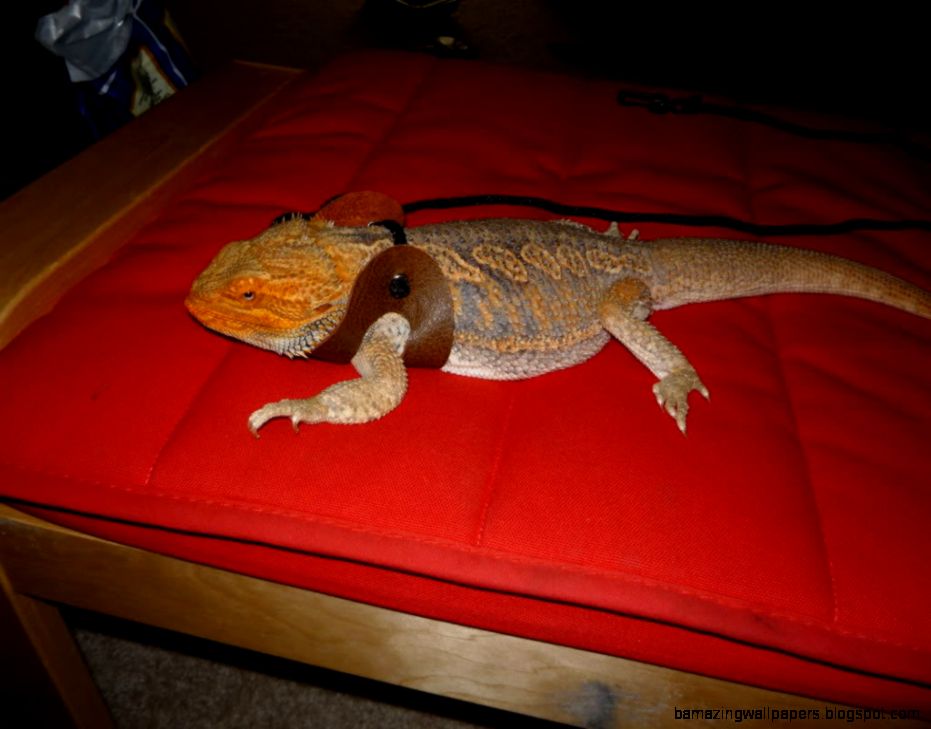Scale Rot in Bearded Dragons: Causes, Symptoms and Treatment
What is Scale Rot in Bearded Dragons?
Bearded dragons are fascinating creatures that make great pets because of their docile nature, interesting behavior, and low maintenance. However, like other pets, bearded dragons are susceptible to various health issues, one of which is scale rot. Scale rot is a bacterial infection that occurs on the underside of a reptile’s body and progresses over time if left untreated. In bearded dragons, scale rot most commonly affects the ventral scales, which are the scales underneath the belly.

Causes of Scale Rot in Bearded Dragons
Scale rot in bearded dragons is usually caused by prolonged exposure to damp or unclean conditions. In their natural habitat, bearded dragons prefer dry environments, and their bodies are not adapted to withstand prolonged exposure to moisture. When a bearded dragon is kept in an enclosure that is not properly ventilated or maintained, the moisture from their urine and feces can accumulate and create a favorable environment for bacteria to grow. Other causes of scale rot in bearded dragons include:
- Inappropriate substrate (e.g., sand, wood chips, sawdust)
- Dirty living conditions
- Injuries to the skin
- Poor nutrition
- Stress
Symptoms of Scale Rot in Bearded Dragons
The early signs of scale rot in bearded dragons are difficult to detect, but as the infection progresses, it becomes visually apparent. Some of the common symptoms to look out for include:
- Discoloration of the scales, which may appear reddish, brownish, or blackened
- Swelling and inflammation around the affected area
- Foul-smelling discharge
- Loss of appetite
- Lethargy
- Difficulty moving or walking

How to Treat Scale Rot in Bearded Dragons
If you suspect that your bearded dragon has scale rot, it is important to seek veterinary treatment immediately. Delaying treatment can result in the infection worsening and potentially becoming life-threatening. The veterinarian will examine your bearded dragon and prescribe a course of treatment based on the severity of the infection. This may include:
- Antibiotics to kill the bacteria causing the infection
- Topical ointments to soothe and promote healing of the affected area
- Cleaning and disinfecting the enclosure to prevent re-infection
- Changing the substrate to a more appropriate one
- Improving your bearded dragon’s diet to boost their immune system and promote healing
Preventing Scale Rot in Bearded Dragons
Prevention is key when it comes to scale rot in bearded dragons. By implementing the following measures, you can reduce the risk of your bearded dragon developing the infection:
- Maintain a clean and dry enclosure
- Provide appropriate substrate, such as reptile carpet or paper towels
- Avoid using sand, wood chips, or sawdust
- Clean and disinfect the enclosure regularly
- Clean and replace water and food dishes daily
- Feed your bearded dragon a healthy and balanced diet
- Monitor your bearded dragon’s health regularly and seek veterinary treatment if you notice any signs of illness

Conclusion
Scale rot in bearded dragons can be a serious health issue if left untreated. Fortunately, it is preventable by maintaining a clean and dry environment and providing appropriate care to your bearded dragon. If you suspect that your pet has scale rot, seek veterinary treatment immediately to prevent the infection from worsening. With proper treatment and care, your bearded dragon can make a full recovery and continue to thrive as a happy and healthy pet.
